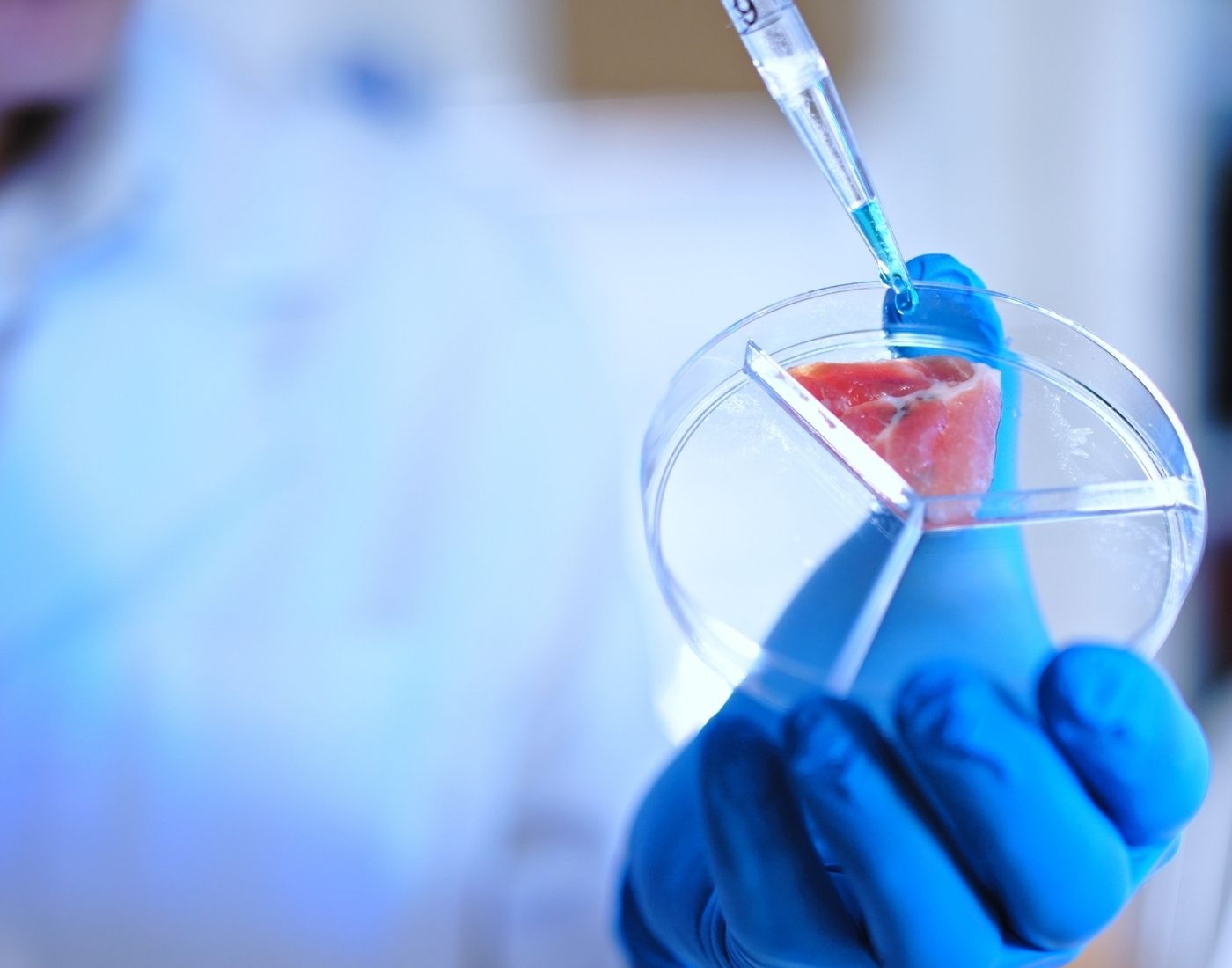Local Authorities mainly use food sampling to check food safety and authenticity, providing important evidence for assessing risks and guiding further surveillance and enforcement.
There are several food sampling programmes:
Food sampling is the main surveillance mechanism for assessing the safety and authenticity of foods placed on the market

Local Authorities mainly use food sampling to check food safety and authenticity, providing important evidence for assessing risks and guiding further surveillance and enforcement.
There are several food sampling programmes:
In addition to routine sampling activities carried out by local authorities, we also fund them to carry out additional food sampling through a targeted surveillance programme. We fund work to tackle key and emerging food safety issues, helping ensure food in Scotland is safe and authentic.
We set yearly grant priorities based on data from the Scottish Food Sampling Database (SFSD), our Horizon scanning, and input from local authorities and partners like the Food Standards Agency. This supports targeted, risk-based sampling and continues to address recommendations from the 2013 Scudamore Report.
Read the Food sampling surveillance programme 2024/25
We fund surveys, delivered by external contractors, to help us understand the risks linked to food products in Scotland. We choose which foods to focus on based on what we currently need to know and where there are gaps in our understanding of the risks.
The results help us understand the risks linked to certain products and guides future risk assessments. Take a look at our survey reports in the Science and evidence section.